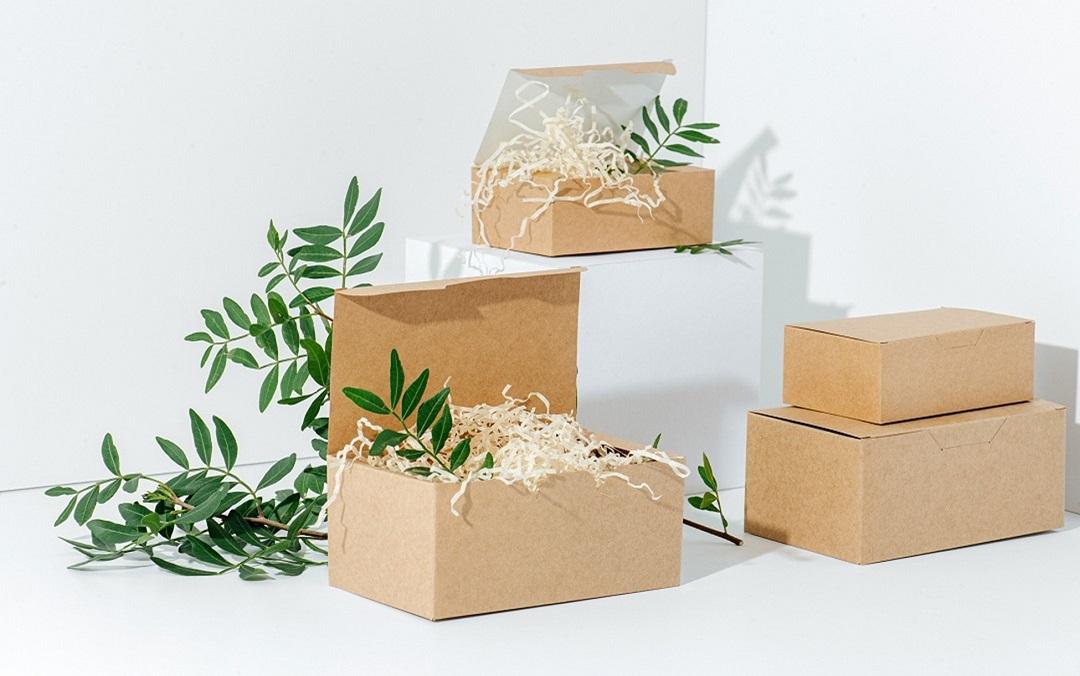Get more insights on Green Packaging
Driving Towards a Sustainable Future: The Urgent Need for Green Packaging Solutions

With increasing environmental awareness, the packaging industry is under immense pressure to move towards more sustainable solutions. Conventional packaging materials like plastic, paper etc. pose several issues like greenhouse gas emissions, waste generation, and pollution. There is a dire need to transition to green packaging that causes minimum harm to the environment.
What is Green Packaging?
Green Packaging refers to packaging materials and processes that are environmentally friendly and cause minimal environmental impact. Some key characteristics of green packaging include:
- Using recycled and recyclable materials: Packaging made from recycled content reduces the need for virgin raw materials. Materials that can be recycled at the end of their useful life minimize waste.
- Biodegradability: Packaging materials like paper, compostable plastics etc. break down naturally without leaving behind toxic residues. This ensures packaging waste does not pollute the environment for a long time.
- Less usage of resources: Green packaging is designed to use minimum raw material in production. Lightweight and compact designs reduce the material usage.
- Non-toxic ingredients: Toxic chemicals and heavy metals are avoided during packaging production and decorating processes. This makes the packaging safer for the environment as well as human health.
- Renewable sources: Some green packaging uses materials from renewable plant-based sources like paper, bagasse, bamboo etc. rather than finite fossil fuel sources.
Benefits of Green Packaging
Transitioning to green packaging solutions provides wide-ranging benefits. Some of the key advantages are:
Reduced environmental impact
The entire lifecycle of green packaging, from sourcing raw materials to eventual disposal, leaves a much lower carbon footprint. Non-toxic and biodegradable nature ensures it does not pollute the environment long after usage.
Conserves natural resources
Less material usage, use of recycled content as well as renewable sources ensure green packaging helps preserve valuable natural resources and raw materials.
Cost savings
While initial investment may be high, green packaging helps reduce costs in the long run through efficient usage of materials, transportation benefits, tax incentives etc.
Improved brand image
Consumers are increasingly preferring brands that demonstrate commitment to sustainability. Green packaging enhances a brand’s reputation and connects positively with customers.
Legal compliance
Manufacturers can meet various packaging wastemanagement regulations and restrictions on hazardous substances by adopting green packaging solutions.
Roadblocks in Adoption
While the importance of green packaging is well-established, there still exist some challenges hampering mass adoption:
Higher costs: Sustainable alternatives are often more expensive than conventional options due to high R&D investments and certification costs. Manufacturers hesitate unless consumers are willing to pay premium prices.
Limited infrastructure: Facilities for large-scale production of eco-friendly materials, compositing units, as well as separate collection infrastructure are still lacking in many places.
Technical constraints: Properties of sustainable materials are sometimes not at par with plastic or other mainstream materials. Further innovation is needed to overcome performance issues.
Consumer awareness: People are often not able to differentiate between truly sustainable and greenwashed options. Education is needed regarding real environmental impacts.
Lack of standards: Absence of universal protocols to measure sustainability leads to multiple green claims without proper verification. Strict standards are necessary.
- Art
- Causes
- Crafts
- Dance
- Drinks
- Film
- Fitness
- Food
- Jocuri
- Gardening
- Health
- Home
- Literature
- Music
- Networking
- Alte
- Party
- Religion
- Shopping
- Sports
- Theater
- Wellness
- IT, Cloud, Software and Technology


